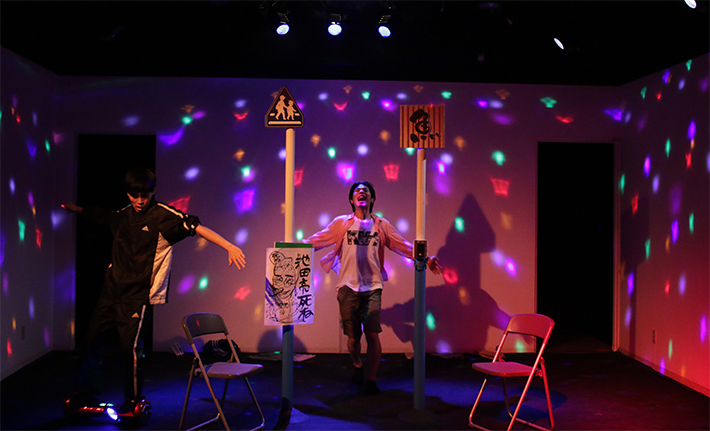
YumeiOtotoi (restage)
(Sep. 8–12, 2017 at ST Spot)
Approaching a new type of theater that reciprocates with reality
Ryo Ikeda of the digital-native generation
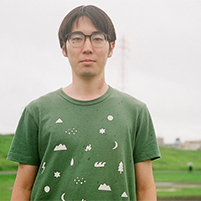
Photo: Mari Kawakita
Born in 1992, Saitama Prefecture. Ikeda is a scriptwriter, playwright, director, visual artist, and actor. He graduated from Tokyo University of the Arts and went on to graduate from the Department of Sculpture in its Graduate School of Fine Art. In 2015, he became a founding member of the creator collective yumei, serving as its representative, writer, director, stage artist and video creator. Ikeda is known for works that take actual personal relationships as starting points from which adjoining spaces and stories are depicted, as with his representative work Aka (Red) in which paintings done by his grandfather are shown and his own father performs with him as an actor duo. While pursuing activities that analyze non-genre multi-faceted creation, Ikeda has also been writing numerous scripts for other theater companies, TV dramas and animated films, music videos and other video works. Among his representative works are Ototoi (Brothers), a play based on Ikeda’s personal experiences of being bullied at school (premiered and re-staged in 2017, and again in 2020); Aka (Red), a play about his family with his own father performing on stage with him (2018); Sugata (Shape) (premiered 2019, re-staged in 2021), among others.
Yu-mei Official Websit
https://www.yu-mei.com/

YumeiOtotoi (restage)
(Sep. 8–12, 2017 at ST Spot)
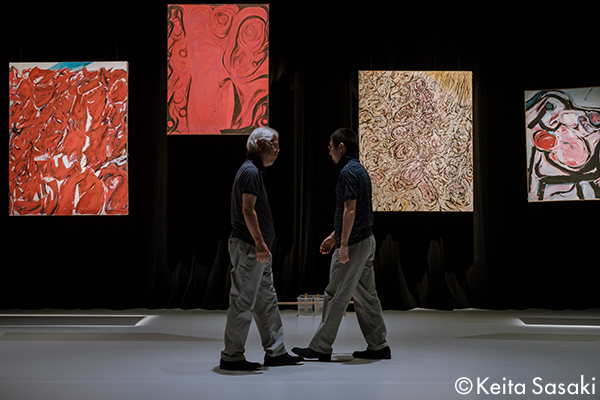
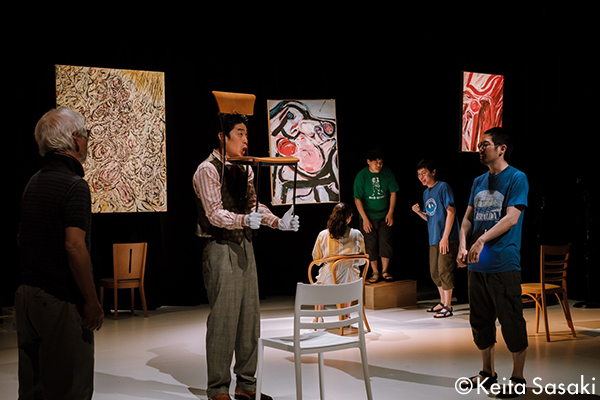
Yumei aka aka
(May. 28–Jun. 5, 2022 at Kawasaki Art Center-Alterio Small Theater)
Photo: Keita Sasaki
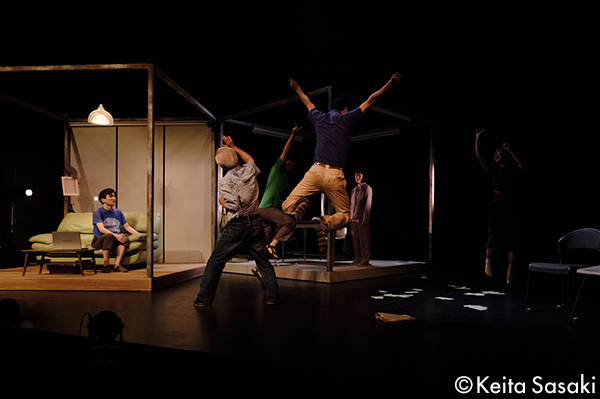
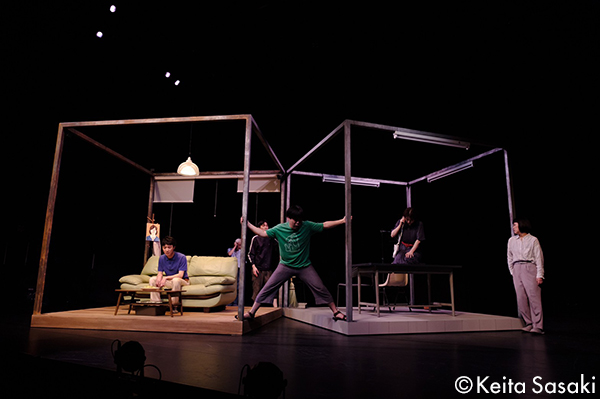
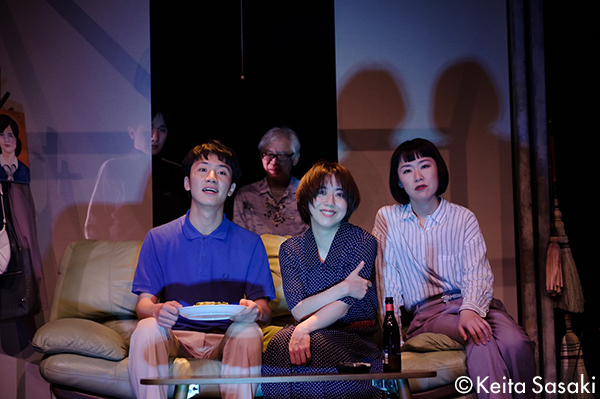
Yumei Sugata (reestage)
(May, 18–30, 2021 at Tokyo Metropolitan Theatre- Theatre East)
Photo: Keita Sasaki
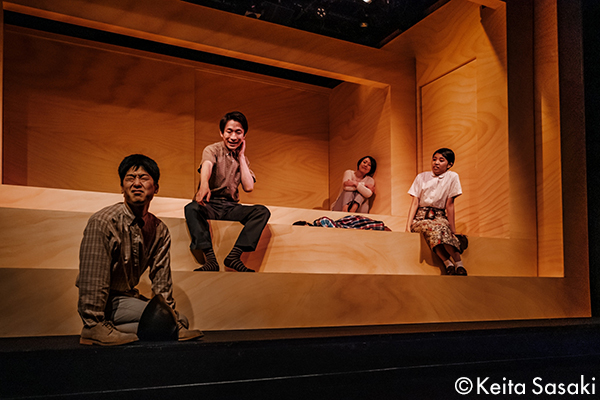
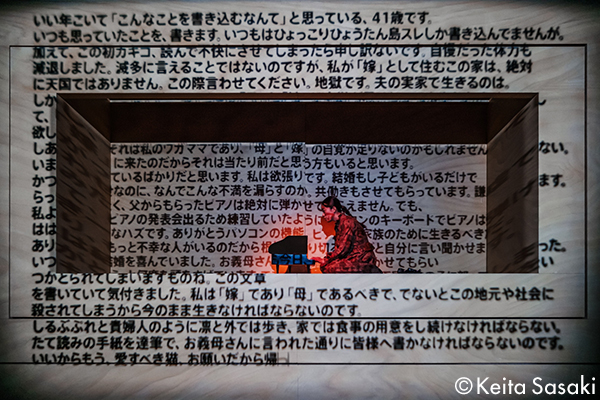
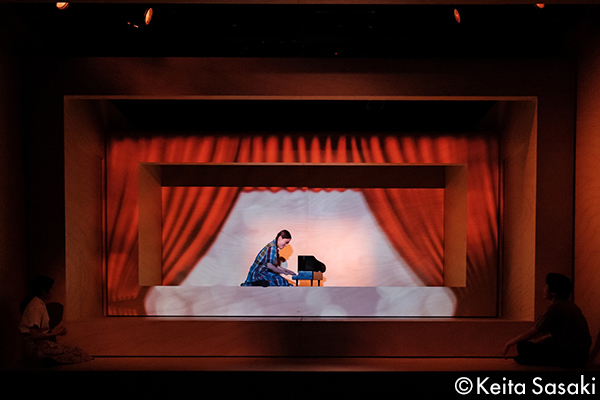
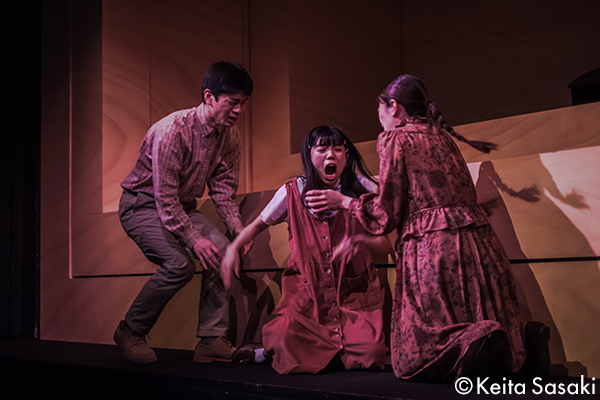
Yumei Musume
(Dec. 22–29, 2021at The Suzunari
Photo: Keita Sasaki
(→“Play of the Month” Musume)
*1 Nekama is a slang term that means that a man behaves like a woman on a Net where their authenticity cannot be confirmed.
*2 Uma Musume
This is a smartphone game app and PC game by Cygames that personifies racehorses as young women. In a training simulation game, you develop your character and aim to win the races. The anime work based on the game was also a big hit.
Related Tags